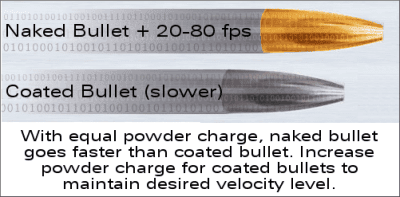I have been scouring through the reloading posts, both here and other boards and it seems that more and more people swear by the Ladder Test method. I am probably stirring up a hornets nest, but If I have QuickLoad, calibrated to my case capacity and powder burning rate, isn't it better than the Ladder Test?
With ladder test you are looking for a "node" with load increments and chrono. Once you find the general load for the node, you try to fine tune it.
With QL, you start very close to the node by modelling, you get closer after you have actual data with chrono and "trigger" time and get back to the range for fine tuning.
Both methods, used correctly, require trigger time, chrono and iterations. I think both methods work.
I would like to hear your comments/experiences, but I would be mostly interested to hearing from people who have used both as they are meant to be used
Thanks in advance
Good shooting!!!
With ladder test you are looking for a "node" with load increments and chrono. Once you find the general load for the node, you try to fine tune it.
With QL, you start very close to the node by modelling, you get closer after you have actual data with chrono and "trigger" time and get back to the range for fine tuning.
Both methods, used correctly, require trigger time, chrono and iterations. I think both methods work.
I would like to hear your comments/experiences, but I would be mostly interested to hearing from people who have used both as they are meant to be used
Thanks in advance
Good shooting!!!

